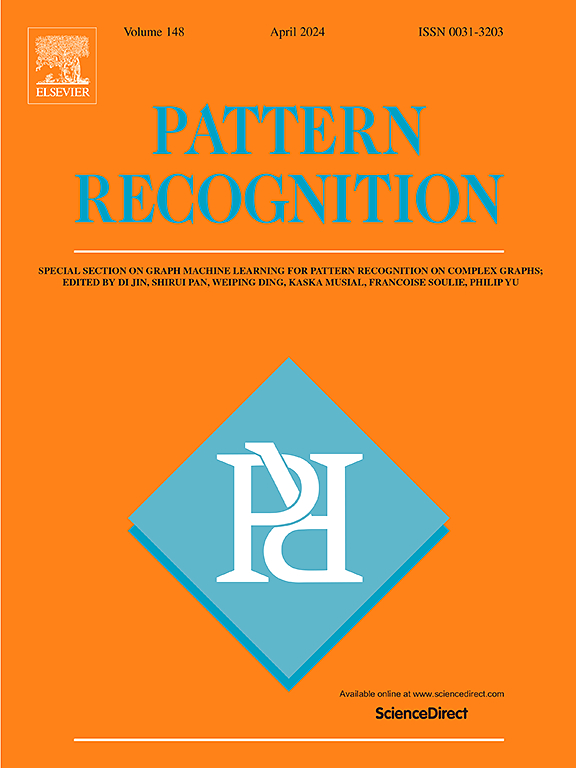通过动态路由稀疏注意力进行高效时间序列自适应表征学习
IF 7.5
1区 计算机科学
Q1 COMPUTER SCIENCE, ARTIFICIAL INTELLIGENCE
引用次数: 0
摘要
时间序列预测在各个领域发挥着重要作用,但也面临着巨大挑战。通过维度变换将原始一维时间序列数据转换为二维数据可以捕捉到更多隐藏特征,但会产生高内存消耗和低时间效率。为了解决这些问题,我们设计了一种具有动态路由感知功能的稀疏注意力机制,称为动态路由稀疏注意力(DRSA)。具体来说,DRSA 可以有效处理复杂时间序列数据的变化。同时,在内存受限的情况下,动态路由过滤器(DRF)模块通过过滤阻塞的二维时间序列数据来进一步完善它,从而识别出本地环境中最相关的特征向量。我们在六个具有细粒度和长序列依赖性的真实世界时间序列数据集上进行了预测实验。与八个最先进的(SOTA)模型相比,DRSA 的相对改进幅度从 4.18% 到 81.02%。此外,它的时间效率是基线的 2 到 5 倍。我们的代码和数据集将发布在 https://github.com/wwy8/DRSA_main 网站上。本文章由计算机程序翻译,如有差异,请以英文原文为准。
Efficient time series adaptive representation learning via Dynamic Routing Sparse Attention
Time series prediction plays a crucial role in various fields but also faces significant challenges. Converting original 1D time series data into 2D data through dimension transformation allows capturing more hidden features but incurs high memory consumption and low time efficiency. We have designed a sparse attention mechanism with dynamic routing perception called Dynamic Routing Sparse Attention (DRSA) to address these issues. Specifically, DRSA can effectively handle variations of complex time series data. Meanwhile, under memory constraints, the Dynamic Routing Filter (DRF) module further refines it by filtering the blocked 2D time series data to identify the most relevant feature vectors in the local context. We conducted predictive experiments on six real-world time series datasets with fine granularity and long sequence dependencies. Compared to eight state-of-the-art (SOTA) models, DRSA demonstrated relative improvements ranging from 4.18% to 81.02%. Furthermore, its time efficiency is 2 to 5 times higher than the baseline. Our code and dataset will be available at https://github.com/wwy8/DRSA_main.
求助全文
通过发布文献求助,成功后即可免费获取论文全文。
去求助
来源期刊

Pattern Recognition
工程技术-工程:电子与电气
CiteScore
14.40
自引率
16.20%
发文量
683
审稿时长
5.6 months
期刊介绍:
The field of Pattern Recognition is both mature and rapidly evolving, playing a crucial role in various related fields such as computer vision, image processing, text analysis, and neural networks. It closely intersects with machine learning and is being applied in emerging areas like biometrics, bioinformatics, multimedia data analysis, and data science. The journal Pattern Recognition, established half a century ago during the early days of computer science, has since grown significantly in scope and influence.
 求助内容:
求助内容: 应助结果提醒方式:
应助结果提醒方式:


